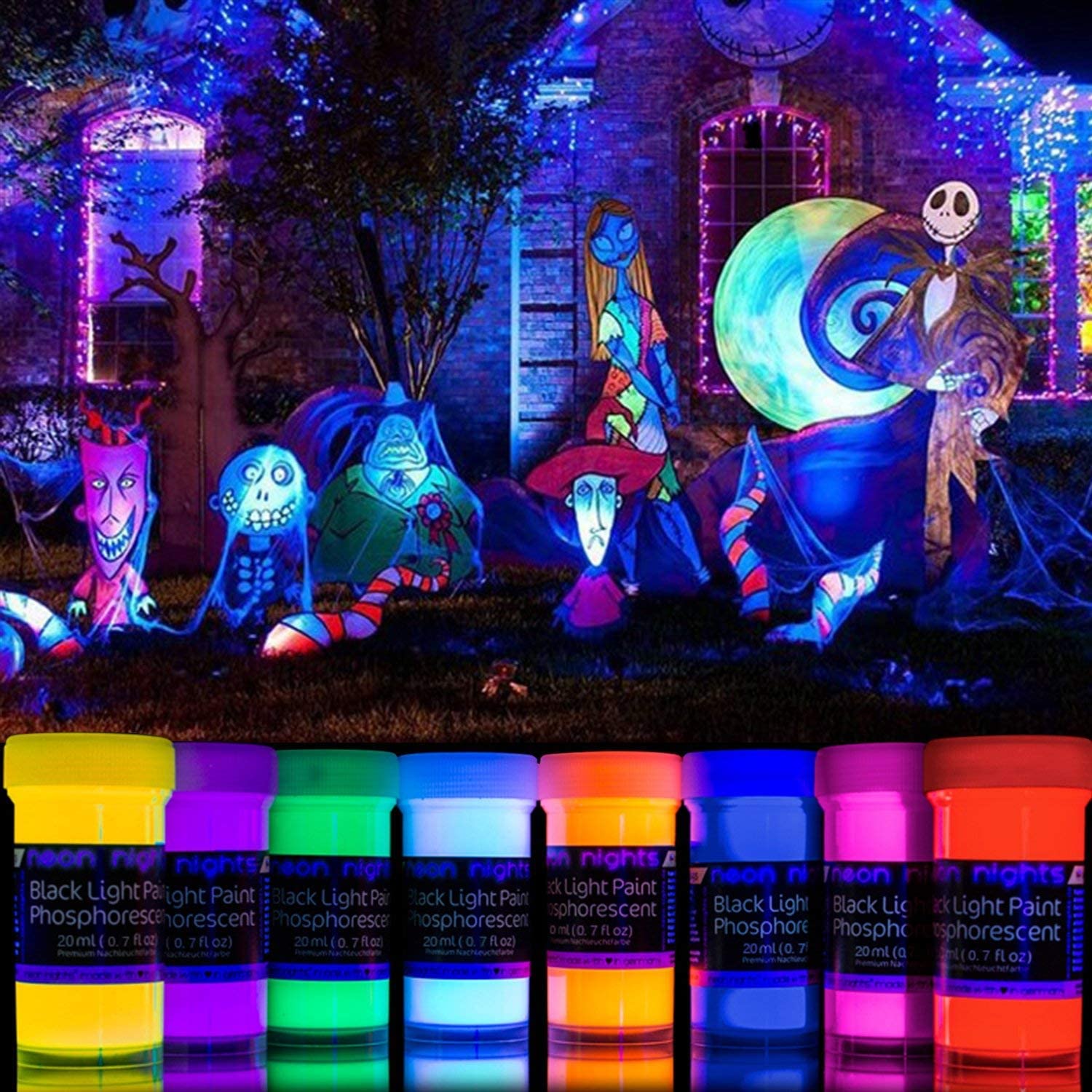

Luminous paint was invented in 1902 by William J Hammer who first mixed radium with zinc sulphide, but he failed to patent his creation and lost out to George Kunz at Tiffany & Co., who did. Radium is a curious element, always warmer than its surroundings due to the radiation it emits, but what suited it to watchmaking was the fact it glowed and could be used to impregnate the hands and dials of watches and clocks making them glow at night. The substance that put the ‘time’ into night-time was discovered by Marie and Pierre Curie in 1898. In 1680 Daniel Quare created repeating watches that could tell time in the dark to the nearest quarter of an hour, but it would be a further 70 years before time to the nearest minute would be possible and even then, these marvels of miniaturisation were only available to the privileged rich. Before widespread public and domestic lighting, dark meant dark and passing hours might be marked by a chiming clock if you were rich enough, or close enough to a church. This means that early watches, however finely made or accurate, were at best part-time timepieces.

Part 2: LumeĪ watch is only as good as its ability to tell you the time. Delve into the history of dial design and the elements that make up some of the most famous watch faces of our time.


 0 kommentar(er)
0 kommentar(er)
